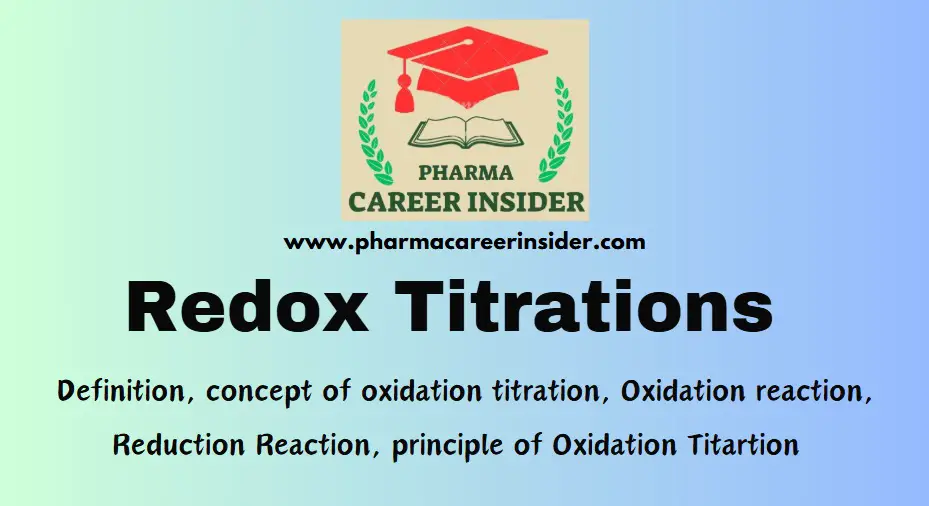Introduction
The concept of essential drugs is a fundamental principle in public health and healthcare systems globally. It revolves around the identification, promotion, and accessibility of a limited selection of necessary medications that meet the priority healthcare needs of the population. This comprehensive overview delves into the essential drug concept, its origins, principles, and implications for global health.
Historical Context
The idea of essential drugs gained prominence in the early 1970s with the Alma-Ata Declaration of 1978, which emphasized the importance of primary healthcare. The World Health Organization (WHO) was pivotal in formulating and promoting the concept through its Essential Medicines List (EML), first published in 1977.
Key Principles of the Essential Drugs Concept
1. Accessibility
Essential drugs should be readily available at all times in adequate amounts, in appropriate dosage forms, and at affordable prices. This ensures that basic healthcare needs are met, particularly in resource-constrained settings.
2. Affordability
The cost of essential drugs should be reasonable and affordable for both individuals and healthcare systems. This principle addresses economic barriers and strives to make essential medications accessible to all socioeconomic strata.
3. Quality
Essential drugs must adhere to stringent quality standards to ensure their safety, efficacy, and reliability. Regulatory mechanisms are crucial for monitoring and maintaining the quality of essential medicines.
4. Rational Use
The concept promotes the rational use of drugs, emphasizing prescribing medications based on clinical need, efficacy, safety, and cost-effectiveness. This helps prevent unnecessary use, reduce the risk of antimicrobial resistance, and optimize healthcare resources.
5. Comprehensive Coverage
Essential drugs should cover various therapeutic classes, addressing a population’s most prevalent health conditions. This inclusivity ensures that healthcare systems can effectively manage diverse health challenges.
The Essential Medicines List (EML)
1. Development and Regular Updates
The WHO maintains the EML, which includes medications for addressing public health needs. The list is regularly updated to reflect advances in medical science, changing disease patterns, and emerging health priorities.
2. Categorization
The EML categorises drugs based on their therapeutic class and indication. It includes essential medicines for primary healthcare, specialised care, and specific disease programs (e.g., HIV/AIDS, malaria).
3. Core and Complementary Lists
The EML comprises a core list of essential medicines that address most healthcare needs. A complementary list includes medicines for specialised healthcare settings or specific populations.
Implications for Global Health
1. Resource Optimization
Healthcare systems can optimise their resources by focusing on essential drugs, ensuring that limited funds are directed towards the most critical medications. This approach is particularly vital in low-income and middle-income countries.
2. Equitable Access
The essential drugs concept promotes healthcare equity by ensuring everyone has access to necessary and life-saving medications, irrespective of their socioeconomic status or geographic location.
3. Public Health Interventions
Essential drugs play a crucial role in the success of public health interventions, such as vaccination campaigns, disease control programs, and maternal and child health initiatives.
4. Management of Chronic Diseases
The concept is adaptable to managing chronic diseases, helping healthcare systems prioritise medications for conditions with a significant public health impact, such as diabetes and hypertension.
Challenges and Future Directions
1. Expanding Scope
As healthcare evolves, there is a need to expand the concept of essential drugs to include emerging therapies, biologics, and innovative treatments while focusing on affordability and accessibility.
2. Addressing Non-Communicable Diseases
The concept traditionally emphasised infectious diseases; however, there is a growing need to address non-communicable diseases and mental health conditions within the essential drugs framework.
3. Global Collaboration
International collaboration is essential for addressing challenges related to essential drugs, ensuring equitable access, and promoting sustainable solutions to healthcare disparities.
The essential drug concept is a cornerstone in global health strategies, promoting access, affordability, and rational use of medications. Rooted in principles of equity and efficiency, this concept continues to evolve, shaping healthcare policies and interventions to meet the dynamic health needs of diverse populations worldwide.


